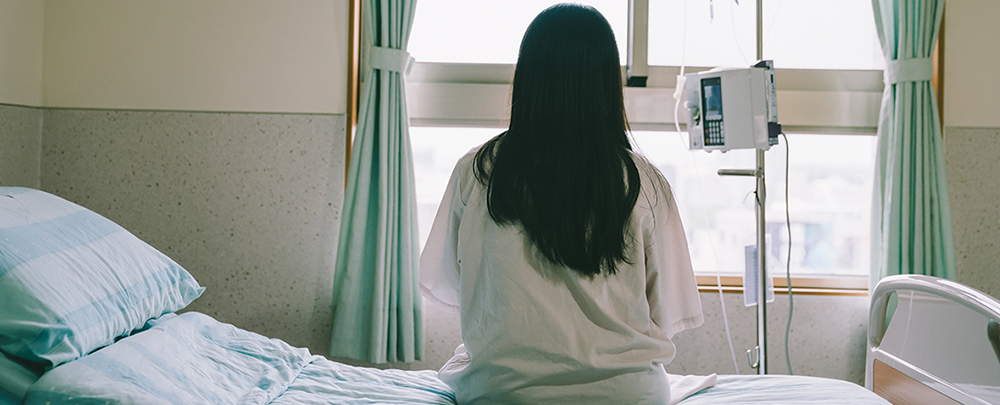Ensuring Sustainability in 340B by Putting Patients Back in the Center
September 2, 2021 Posted by: Leigh Ann Pusey

Lilly has a long history of battling disease through discovery – a calling that has driven us for nearly 150 years. But the discovery and delivery of breakthrough medicines is only a part of our purpose. Ensuring access to our medicines for all Americans, regardless of income or insurance status, is a top priority. In addition to our established patient access programs, we fully support the 340B drug pricing program that Congress created and have done so since its inception in 1992.
Congress created 340B as a cost-reduction program to help qualified hospitals and clinics - “covered entities” in 340B lingo - serve their low-income, uninsured patients. But because Congress never specified exactly how covered entities should use the revenues they generate from these discounts, most covered entities do not pass along these savings directly to patients.
Under the program, manufacturers such as Lilly provide steep discounts, and covered entities are supposed to “help subsidize prescriptions for their lower income patients.”1 But that’s not always how it works. Over the past 30 years, 340B has evolved and expanded well beyond the original congressional intent, yet the transparency, accountability and infrastructure needed to ensure patients benefit from the program have not kept pace. There is currently no government requirement for covered entities to track and report how the 340B discounts are being used, and there is ample evidence of abuse, waste and diversion.
For example, since 2010, there has been a 4,000% increase in the number of pharmacies 340B providers contract with to administer medicines, including for-profit chain pharmacies.2 In 2018, the U.S. Government Accountability Office conducted an investigation that found 57% of hospitals did not provide 340B discounts to uninsured, low-income patients at some or all of their contract pharmacies.3
Further, one conservative estimate suggests that manufacturers are supplying duplicate discounts to covered entities on the order of $933 million to $1.6 billion each year.4 And, in 2018 alone, 340B covered entities and their contract pharmacies generated $13 billion in estimated gross profits from 340B medicines.5
This explosive and unmanaged growth threatens the sustainability of an essential safety net program with little proof that it services the patients it was designed to help.
At Lilly, we believe 340B can and must be returned to its proper footing by putting patients back at the center. It is the patient who should benefit directly by having access to the deeply discounted 340B medicines. For-profit pharmacies and hospitals should not be allowed to use 340B to generate revenue and profit at the expense of patients.
Towards this end, Lilly has been taking legal measures and considering different policy solutions to ensure 340B is working as intended for patients and remains a viable program for years to come.
Through a mix of initiatives including 340B, our patient access programs such as Lilly’s Insulin Value Program, and partnerships with various charitable organizations, Lilly is committed to ensuring our medicines reach all those who need them.
1 61 Fed. Reg. 43,549, 43,549 (Aug. 23, 1996)
3 United States Government Accountability Office. December 2019. Increased Oversight Needed to Ensure Nongovernmental Hospitals Meet Eligibility Requirements. https://www.gao.gov/assets/gao-20-108.pdf